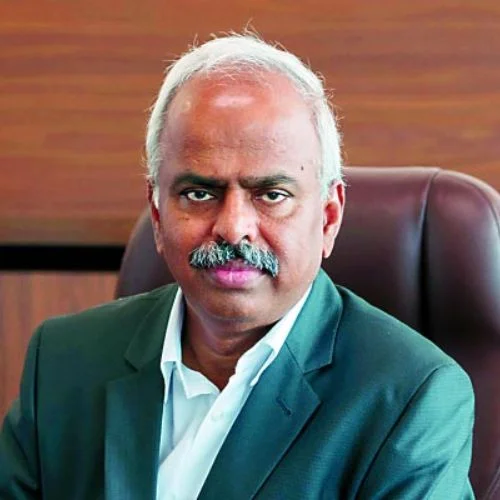Due to a decrease in price on the global market, India’s imports of LNG jumped by 26% in January to satisfy the country’s rising demand. Domestic gas use increased 10% from April to January and 14% year over year in January.

Imports of liquefied natural gas (LNG) increased by 26% in January compared to the same month last year as domestic demand was stimulated by a decrease in worldwide LNG prices.
Based on figures from the oil ministry, India imported 2.4 billion cubic meters (BCM) of LNG in January, compared to 1.9 BCM during the same period last year. From April to January, imports increased by 15% over the previous year.
Domestic gas use increased 10% from April to January and 14% year over year in January. Of all the gas consumed in the nation between April and June, 46% was LNG. India exclusively imports liquefied gas since it lacks pipeline connections to gas exporters.
Increasing domestic supplies—primarily from the private sector—have also contributed to rising gas prices. January’s natural gas production increased by 6% over the previous year. For the months of April through January, there was a 5% rise.
According to an executive at a gas marketing company, “the biggest driver of domestic consumption has been falling international prices,” and the demand for spot cargoes has increased. The benchmark for North Asian spot LNG, JKM, dropped from $19 per mmbtu to $9 in just one year. This is a wintertime LNG price that is exceptionally low, and it is less than the maximum of $9.96 that producers are allowed to charge for gas generated from challenging Indian fields.
The executive stated that factors that have affected pricing include mild winters in the northern hemisphere, lower-than-expected LNG demand from China, increasing global gas supply, and more gas storage in Europe. Price-conscious Indian consumers have an opportunity because of this, he continued.
The fertilizer business is the country’s largest consumer of natural gas, relying on imports for three-fourths of its requirements. City gas firms and power producers are the second and third largest consumers of natural gas, respectively, although they rely significantly less on imports because they find it difficult to sell expensive gas or the energy generated by it to their customers.
Increased LNG demand is also driving greater capacity utilization at import terminals. “People are rushing to book the slots,” Petronet LNG CEO Akshay Kumar Singh remarked a fortnight ago of client demand for regasification services at his Dahej import facility in Gujarat. Dahej, India’s largest LNG import terminal, operated at 96.5% capacity in the October-December quarter, a record for the winter season, Singh said, adding that capacity utilisation is projected to rise higher in the summer.














